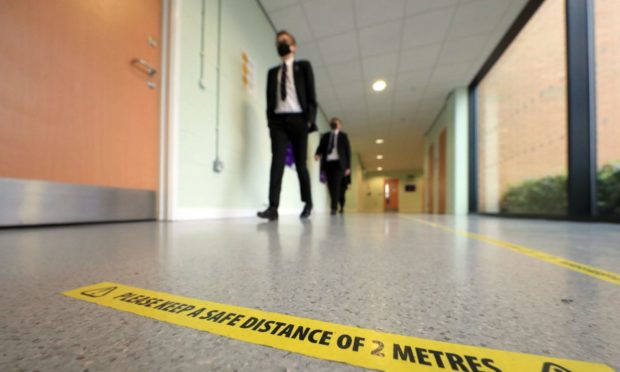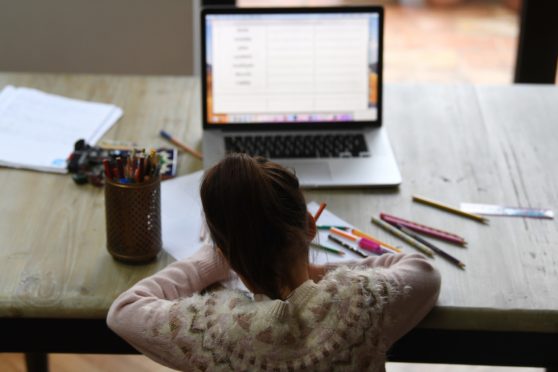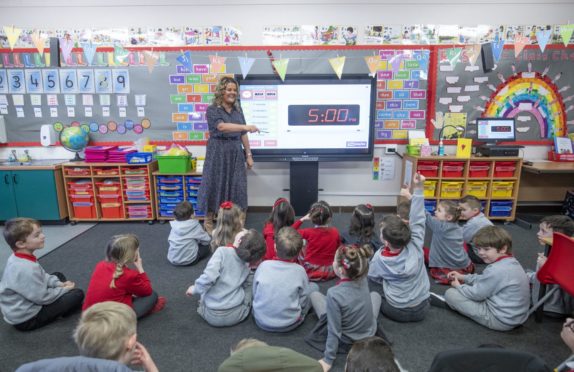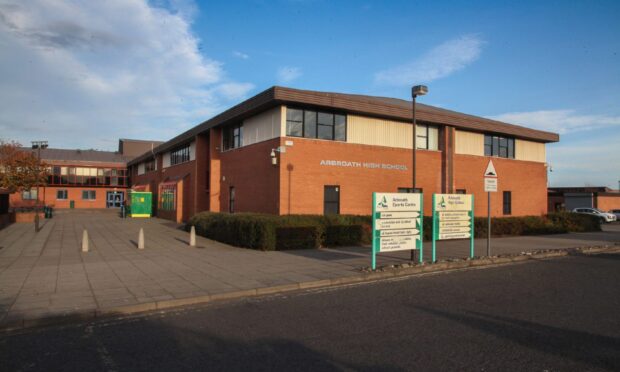More than 2,000 pupils and staff of Dundee schools are in self-isolation as a result of close contact with people who have tested positive for Covid-19.
Across the city 68 young people are off school because of coronavirus, whilst 1,866 were self-isolating as of Wednesday June 16.
A total of 23 staff at Dundee schools have tested positive for Covid-19 and 135 have had to quarantine.
It means that, in total, 2,092 staff and pupils at schools in the city have either tested positive or are currently self-isolating.
This is an increase of nearly 900 on figures reported last week.
Nearly 10% of all school absences in Dundee were related to coronavirus, compared to under 5% in other areas of Tayside and Fife.
It comes as Dundee continues to have the highest rate of cases in Scotland, with a case rate nearly triple the Scottish average.
In the week leading up to June 14, Dundee City recorded 475 cases, giving it a case rate of 318 per 100,000. The city also had a test positivity rate of 8%.
In the same time period Scotland’s average case rate was 122, with a test positivity rate of 4.1%.
Covid-19 at Tayside and Fife schools
Schools elsewhere in Tayside and Fife have recorded far fewer Covid-related absences, according to the latest data.
Perth and Kinross Council data showed 534 pupils and 43 staff were self-isolating as a result of close contact with someone who tested positive.
Forty-one pupils and eight school staff have tested positive, the council said.
A spokesperson for the local authority said: “Whenever there is a confirmed case, pupils and staff who are identified as close contacts are asked to self-isolate as a precautionary measure.
“Pupils are supported to learn at home until they can return to school.
“For clarity regarding the figures, there would be no requirement for other pupils and/or staff to self-isolate where no close contacts of confirmed cases have been identified.”
Fife does not include the total number of pupils and staff self-isolating, releasing only a list of schools with five or more cases linked to it.
The council’s data shows at least 75 pupils and staff are self-isolating, with 1.2% of absences linked to coronavirus.
In total, 13 schools have five or more pupils or staff self-isolating, including Valley Primary School in Kirkcaldy and South Parks Primary School in Glenrothes.
In Angus, 4.1% of absences were linked to the virus, down from 6.2% on June 11 after a cluster of cases was linked to Kirriemuir.
A spokesperson for Angus Council confirmed that, as of June 14, seven positive cases had been identified and 78 further isolations had been recorded due to those cases.
Nicola Sturgeon said earlier in June that Scotland would roll out the coronavirus vaccine to those aged over 12 if approved by the UK vaccine regulatory body.
She said it could be key to preventing disruption at school: “It is vital that we rely on expert advice in all of our vaccination decisions,” she said during an update at Holyrood on Tuesday afternoon.
“However, vaccination may well be an important way of giving children greater protection, minimising any further disruption to schooling, and further reducing community transmission of the virus.”












